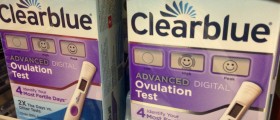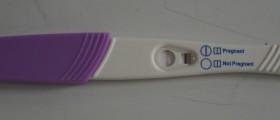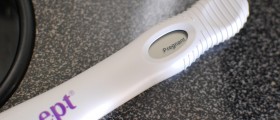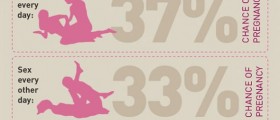
The problems with the Clearblue Fertility Monitor system come when it is not used properly, or when a woman's period is unusually short or unusually long. The Clearblue system is calibrated to measure the maximum concentration in urine during any given day. This is always in the first urine in the morning. This means that if a woman uses the system two hours, four hours, or half a day after she gets up, after she has been to the bathroom several times, the system will never capture the closest day for ovulation. Hormone levels in urine go down as the day goes on, only to build up again during sleep.
Another limitation of the Clearblue system is that neither Clearblue nor any other monitoring system is designed for women who have exceptionally long or short periods. Women who have 28-day periods typically are at their greatest fertility on days 11 through 16 after menstruation. The Clearblue system is designed to be used starting on the tenth day after the woman's period. If a woman has period shorter than 21 days, her maximum fertility will occur before the tenth day. If a woman has a period longer than 42 days, her maximum fertility will occur after the twentieth day and using 10 expensive test strips will not be enough to determine maximum fertility.
The Clearblue system may not be optimal for women who have PCOS (polycystic ovarian syndrome), fibroids, or endometriosis. These women may ovulate two or more days after hormone levels peak. This means that women who have these conditions need to continue to have intercourse after the Clearblue system indicates peak fertility. Having sex on days seventeen or eighteen of the woman's cycle may be best for the greatest chances of conceiving a child.















Your thoughts on this
Loading...